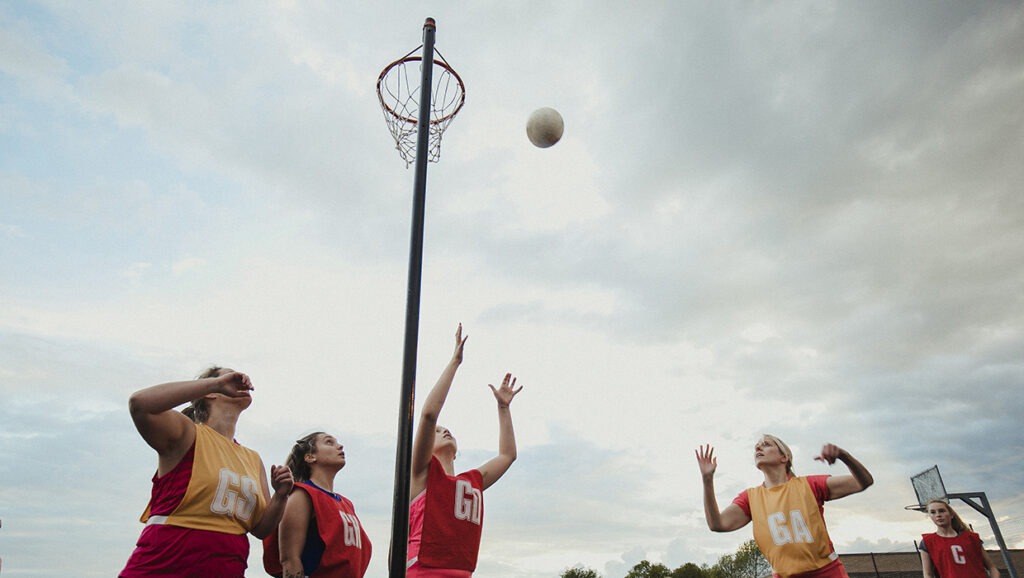
Knowing what to look for when selecting at netball trials can be a challenge if you’re new to selecting.
And even if you’re an experienced selector, sometimes it helps to remember what it is you’re looking for as you fill each position.
Here are the first of our quick tips on the position-specific things you can look for as you’re selecting your goalers!
GOAL SHOOTER
VOLUME
Make sure you take stats for each of the goalers during your trials, as they can start to tell you a good story about those players. While accuracy as a goaler is important, one thing we always look for just as keenly is volume of shots. We can always improve a goaler’s technique to improve their accuracy, but an inherent ability to present strongly as a target and put up a high volume of goals is something that’s much harder to teach. If one GS option has shot 3/4 during their trial run and another has shot 9/14, all things being relatively equal (opposition, standard of team mates etc), we know which goaler we would lean towards.
STRONG AND DECISIVE HOLD
Does the goal shooter command space within the circle? Too often we see GS’s who want to play as essentially a second goal attack – moving and driving and often crowding everyone’s space. While the ability to move is important, above most other things we want to see goal shooters being able to find a body, hold a space and maintain that hold. All goalers, regardless of height, need to be able to present as a holding option, so look for players who are naturally comfortable bodying up and presenting a strong hold for their midcourt.
RUNNING NETBALL TRIALS? SAVE HOURS WITH NETBALLTRIALS.COM!
CONFIDENCE TO TURN AND SHOOT WITH ACCURACY
Goalers who are prepared to turn and shoot confidently from any range are like gold. Of course, shooting from mid-long range demands a high level of accuracy – we don’t want to see goalers bombing it if it means they’re shooting at 20%. But keep an eye out for goalers who are prepared to take responsibility for nailing shots. Good goaling combinations share the shooting load, but every team needs a player who’s prepared to take it upon themselves to sink shots in key moments, so if you spot a player who’s turning and hitting shots confidently in the pressure-filled environment of trials, you might want to grab them!
UNDERSTANDING THE CIRCLE
This is one that really separates the best goalers from the rest of the pack. ‘Understanding the goal circle’ encompasses the goal shooter’s ability to work with the goal attack, and know when to drive and when to allow the GA to make the move. It also includes the goal shooter’s ability to recognise where the ball might go next, and how to position or move to take advantage of that. This is higher-level thinking, and is very hard to teach..As selectors, often we can fall into the trap of only watching the ball, and therefore only seeing the play/players immediately surrounding the ball. Assessing goal shooters often requires you to look downcourt and see what’s happening in the circle as the ball transitions down the court. So remember to lift your vision and look ahead of the play, as well as watching the ball carriers.
GOAL ATTACK
SHOOTING AND FEEDING
Turning and shooting confidently with accuracy and good volume is a given when it comes to selecting a goal attack, but the best GAs are also able to feed the ball to their goal shooter as well as any WA. Look at their passing/feeding skills and decision-making. Are those skills up to the task of being one of the major playmakers in the attack end? Just as importantly, knowing when to take the shot and when to pass off to the GS when they’re in a better position, bringing their shooting partner into the game, is important.
PARTNERSHIPS
We all know a goal attack who wants to do EVERYTHING – they want every second ball and they follow the ball wherever it goes around the goal circle, regardless of who’s already there and if they’re cutting off another player. While those players might stand out, they may not always be the best option if you’re trying to select a team that functions well together and everyone plays their role. The best goal attacks work in partnership with their wing attack on centre passes or in transition, and have awareness of when it’s best for them to drive, and when it’s best to let their teammate take a ball, while they prepare for the next drive. And importantly, they work to fill the spaces around their goal shooter – staying clear if the shooter is in a good position one on one, and picking their moment to drive for the ball if the shooter is double-teamed or out of position. At trials players often won’t know each other, so keep an eye out for GAs who naturally look at what’s happening around them and actively try to work with other players.
CIRCLE ENTRY
When coaches have challenges with how their goal circle is functioning, often it stems from how their goalers enter the circle. Many goal attacks have a habit of entering too high – that is, entering the goal circle closer to the top of the ring – where they might cut off a midcourter’s drive, and it also means they likely haven’t dragged their defender deep enough in the court to lose them with a change of direction, which then crowds the circle. So look for goal attacks who scan ahead and have an awareness of where their GS is positioned – whether the GS is high or low, moving or not moving, and whether they should drive the base or the top as a result, or stay out entirely.
DEFENCE DOWN THE COURT
This is a non-negotiable when we’re selecting higher level teams, but it should be a prerequisite at lower levels as well – your goalers need to be the first line of defence after a turnover. Look for GAs who turn quickly when the ball is turned over and get on their opponent to stop a quick, long downcourt drive. Do they have solid skills in dictating and delaying an opposition player, or do they half-heartedly defend for a moment and then jog along behind their opponent while the ball is quickly driven down to the other team’s transverse line?
Get your club ready for trials! Sign up now at www.netballtrials.com and save WEEKS of admin time:![]() Create trial events + register players
Create trial events + register players ![]() Generate trial rounds automatically + get players on court evenly
Generate trial rounds automatically + get players on court evenly![]() Collect trial fees
Collect trial fees![]() Import lists of players into trials
Import lists of players into trials![]() Select your teams AND MUCH MORE!
Select your teams AND MUCH MORE!
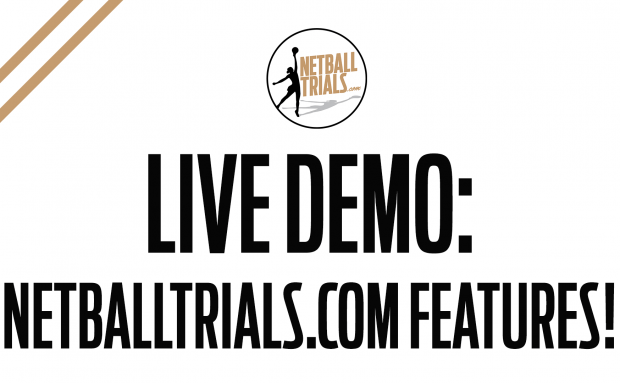
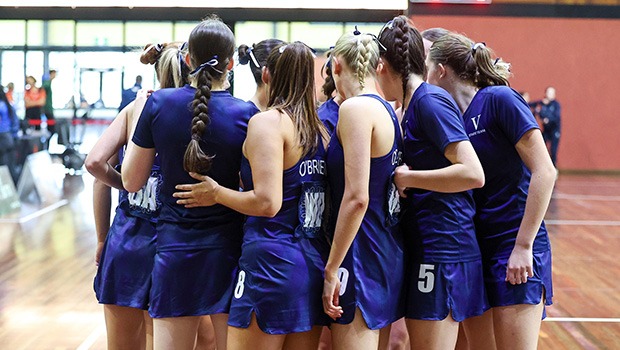
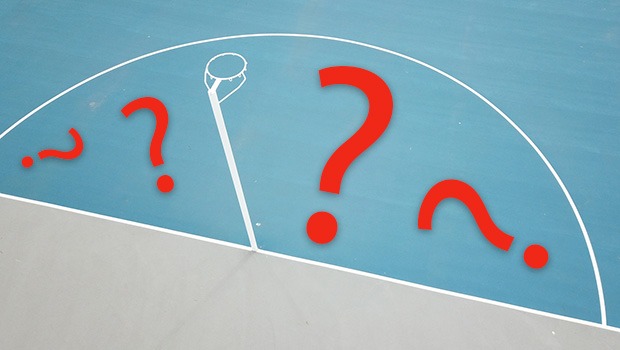
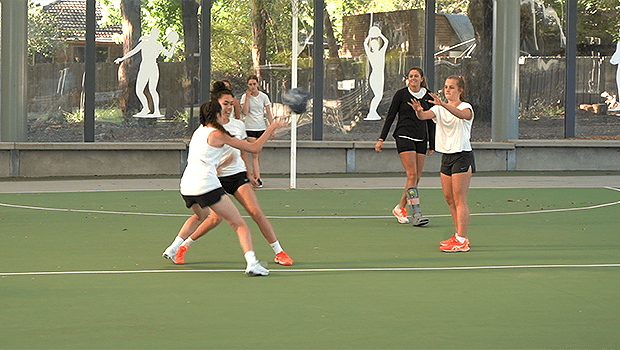
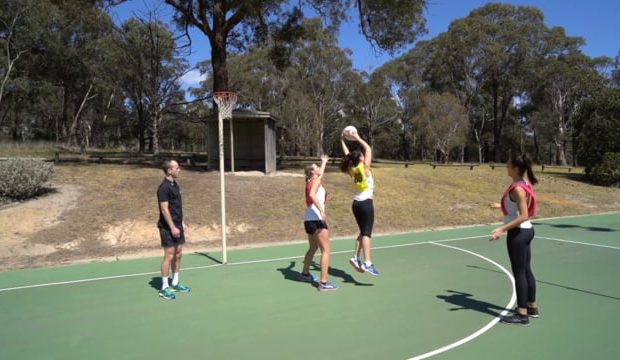
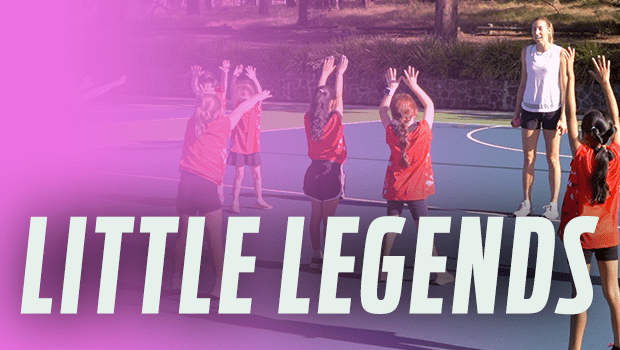
Whilst I agree with most of the points above, it is also important that the GS and GA can switch their play depending on their opponents. A good technique is being able to switch positions, having the GS come out and the GA become the new ‘GS’ and hold in the circle. Having a confident long distance shot is as important as being able to work the ball in close to the net.